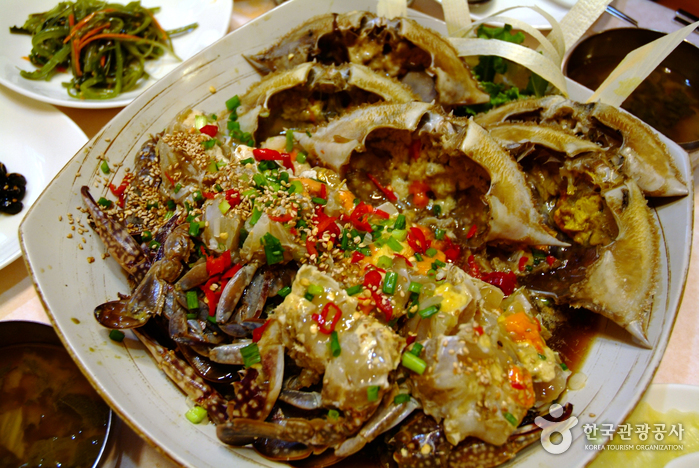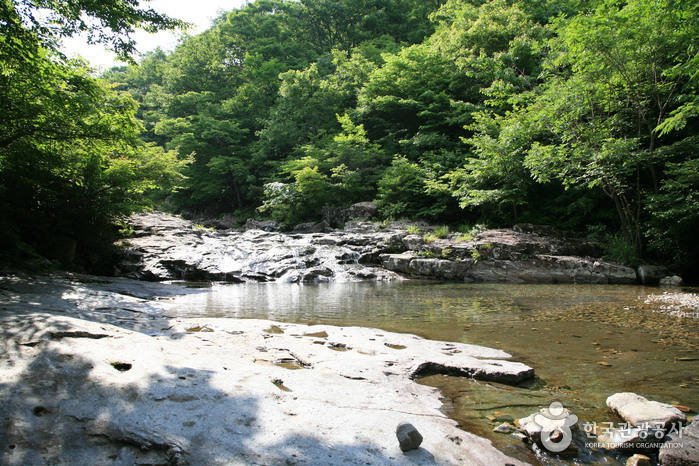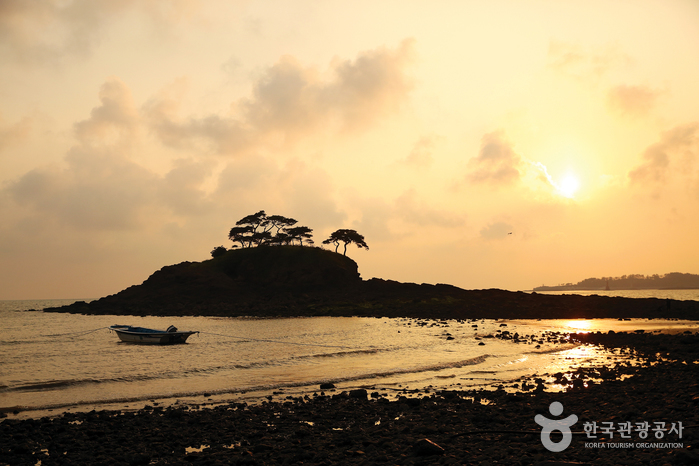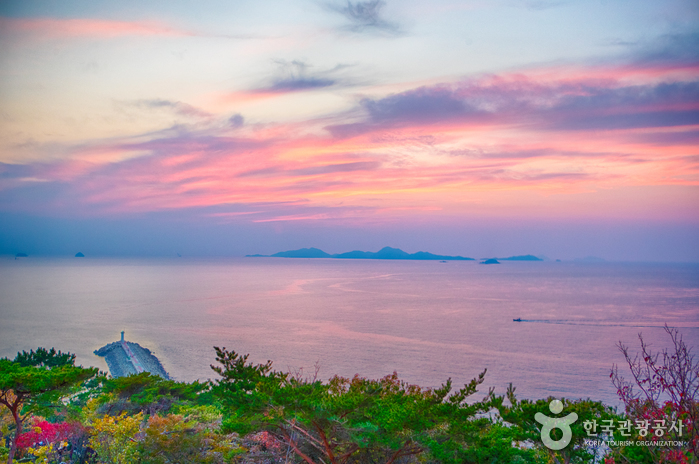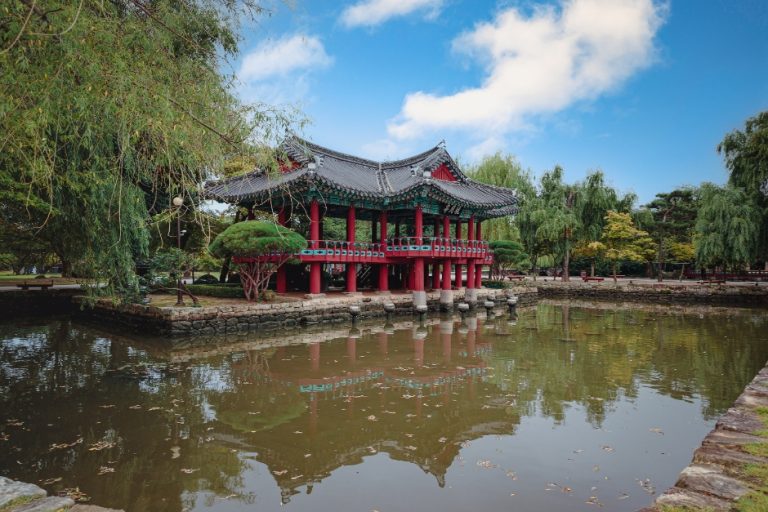Gyegok Garden Kkotgejang (계곡가든꽃게장)
Gyegok Garden Kkotgejang (계곡가든꽃게장)
 – Homepage
– Homepage
www.crabland.com
Gyegok Garden Kkotgejang is a restaurant sought after by food enthusiasts nationwide, renowned as the first establishment in the country to patent gejang (marinated crab) cuisine. Originally selling dwaeji galbi (grilled pork galbi), the restaurant’s main dish shifted to crab after its exceptional kkotge jang (soy sauce marinated crab) side dish garnered increasing attention from customers seeking gejang delicacies. The secret to its flavor lies in the authentic soy sauce, aged with 16 medicinal herbs, and the plump meat of female crabs. Customers can enjoy gejang with minimal fishy or salty taste, instead relishing in the rich and savory flavor of the crab.
– Address : 470 Geumgang-ro, Gaejeong-myeon, Gunsan-si, Jeonbuk-do
※ Presentation Information
– Main Dish
Ganjang gejang (Soy sauce marinated crab)
– Information and Guides
+82-63-453-0608
– Menu
Yangnyeom gejang (Spicy marinated crab), Kkotge tang (Spicy blue crab stew), Yachae kkotge jjim (Steamed blue crab with vegetables), Jeonbok jang (Soy sauce marinated abalone)
– Opening Date
1990년 12월
– Opening Hours
11:00-20:30
– Parking
Available
– Day Off
N/A (Open all year round)
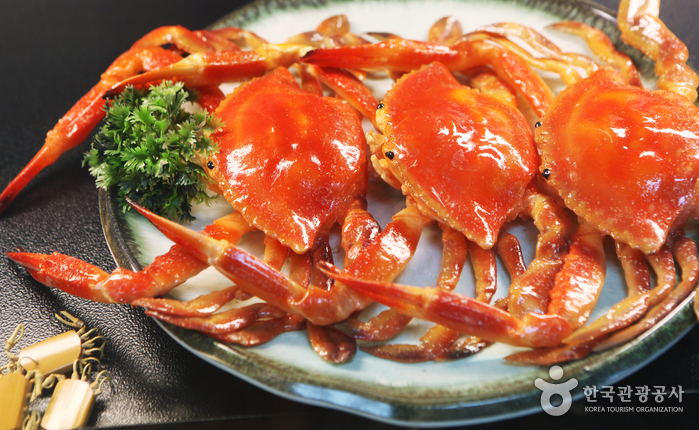
◎ Nearby Tourism Infobox
⊙ House of Lee Young-choon (이영춘가옥)
View detailed guide on Korea Trip Guide →
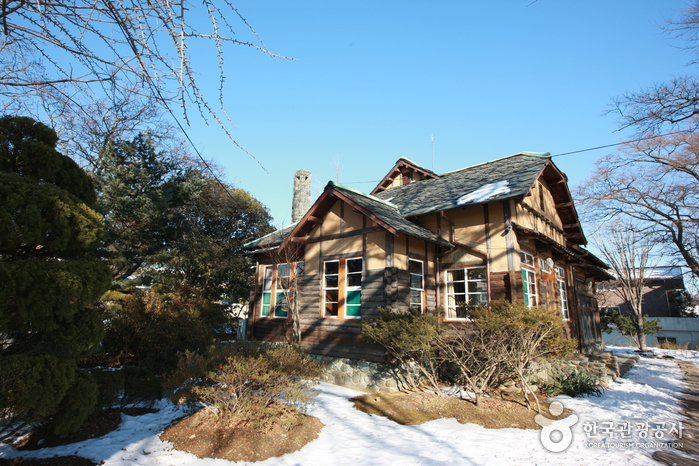
– Homepage
tour.gunsan.go.kr (Korean only)
www.cha.go.kr (Korean, English, Japanese, Chinese)
– Tel
+82-63-454-3922
The House of Lee Young-choon was constructed by
a Japanese landlord named Kumamoto during the Japanese colonial era. The house combined Western, Korean, and Japanese into one structure. After Korean liberation, Dr. Lee Young-choon, the first medical doctor, lived in the house. From that time, the house was referred to as the
House of Lee Young-choon.
Thanks to its beautiful exterior, the house was used as a backdrop for films such as Bingjeom, Sandglass, and Yain Shidae, etc.
The doctor was considered the Korean “Albert Schweitzer”, and his
pen name of “Ho”, referring to ssangcheon,
means “two branches of spring water, represents one for healing physical disease and the other for healing the
spirit. He was born in Yonggang-gun, Pyeongannam-do in October 1903. In 1935,
through a connection by his professor at Pyeongyanggobo School, he took a position
as the head of Jahye Hospital to take care of 20,000 people. In addition, he was the first person
in Korea to implement the policy of school nurses as well as the medical insurance union.
